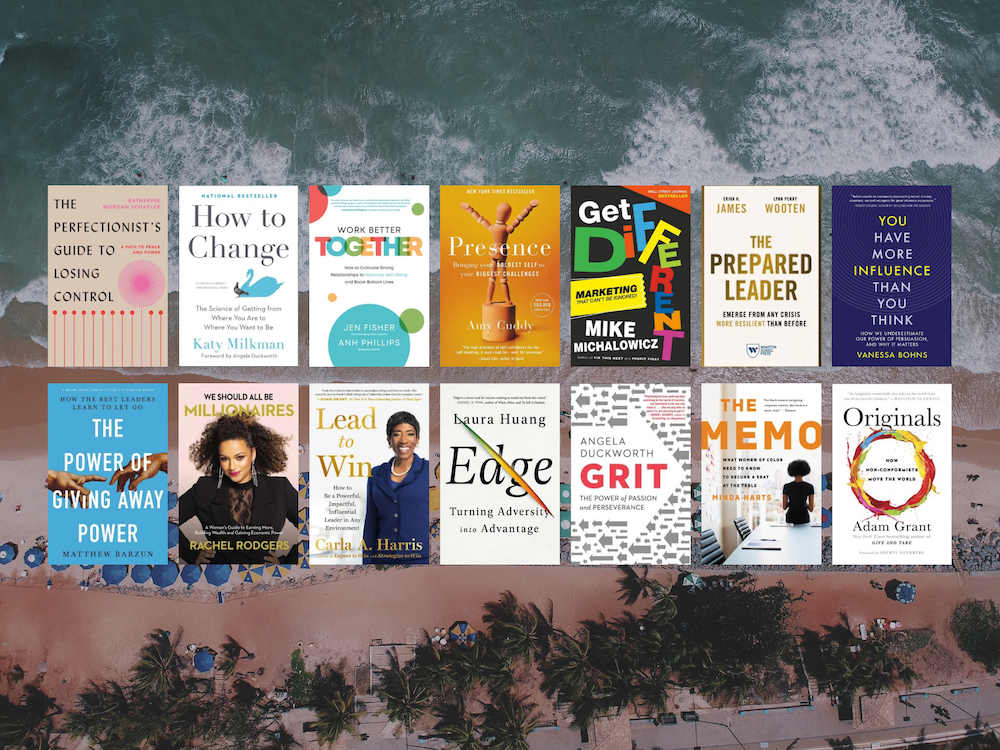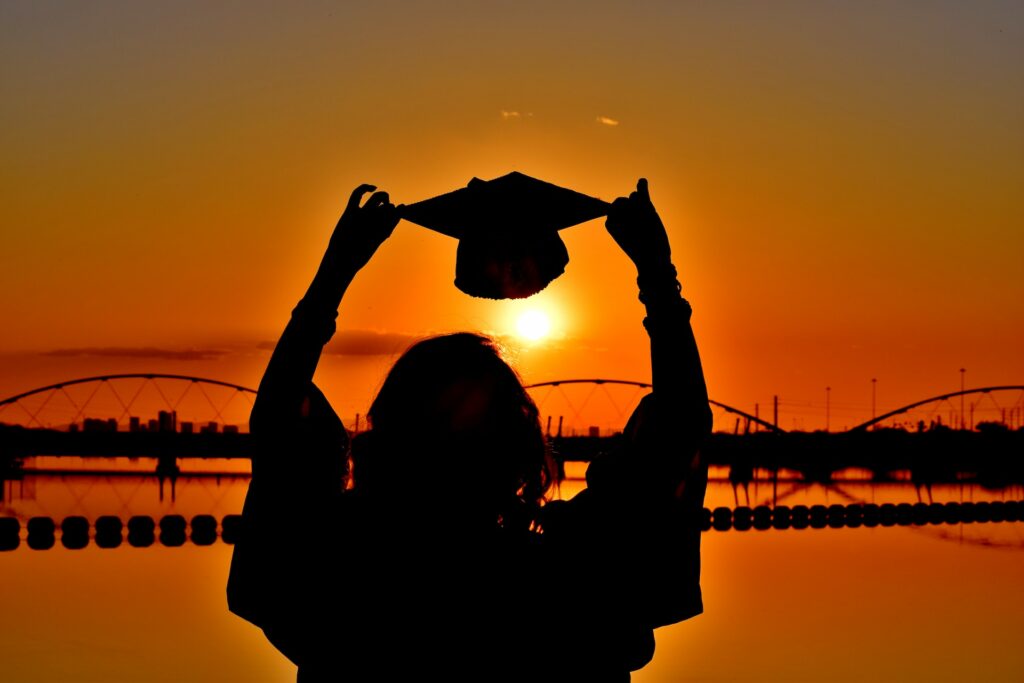Taking a page out of Barnes & Noble’s business plan

From bankruptcy, to inflation issues, cutting costs to changing consumer trends, stores in every community are closing. An Insider tally of announcements by major retailers in 2023 finds at least 875 stores set to close during the year across the country, with Bed Bath & Beyond planning to close a staggering 416 locations — the most of any retailer on the list. But one store is beating the odds and stealing the spotlight in a sea of sad storefront stories: Barnes & Noble.
After years of uncertainty, the bookstore giant has been opening new stores at an unprecedented rate. Having opened only one or two new stores each year during the decade after 2009, Barnes & Noble has already opened 16 new bookstores this calendar year and has over 30 additional stores in development for 2023. “We’ve now got both the profitability and the confidence to start opening up stores again,” CEO James Daunt told The Wall Street Journal.
With approximately 600 bookstores, Barnes & Noble has a retail presence in every state, selling over 190 million physical books per year between its retail stores and online operations. So how did this company flip the narrative while most businesses are busy waving the white flag, and what can we learn from this retail turnaround tale?
Breaking into the business of books
Started in 1873 by Charles Barnes in Wheaton, Illinois, Barnes & Noble developed a century-old, worldwide reputation by the 1970s when bookseller Leonard Riggio acquired the book store’s trade name and flagship store in Manhattan, merging it with his own thriving bookselling business. Within a few years, he had grown the Barnes & Noble Fifth Avenue store in New York City into “The World’s Largest Bookstore,” with 150,000 textbook and trade titles. At its peak in the late 1980s, it had nearly 800 retail bookstores and revolutionized bookselling by implementing the “superstore” concept. A vast and deep selection of book titles combined with an experienced bookselling staff proved to be a winning recipe for success. The ecommerce and eBook market defined the early 2000s as the digital reading experience exploded and Barnes & Noble introduced the Nook while competitor Amazon introduced the Kindle. Since then, the ability to use reading apps on mobile devices without purchasing an eReader made reading more accessible than ever before. But after years of stagnant sales and financial trouble, by 2018 the company was in total collapse. Barnes & Noble reported a net loss of over $125 million that year, and fired 1,800 full time employees.
From foes to friends?
In the late ’90s, the tension between local community bookstores and Barnes & Noble was so palpable, it inspired Nora Ephron’s 1998 film “You’ve Got Mail.” Things got so contentious that a lawsuit was filed by the American Booksellers Association and 23 independent bookstores, alleging that Barnes & Noble and (now defunct) Borders Books were taking unfair advantage of their market dominance to exact discounts from publishers. The lawsuit was later settled in 2001. It’s easy to see why the tension would bubble up, with more than 1,000 bookstores closing between 2000 and 2007, Barnes & Noble was often positioned as sales-stealing, customer-grabbing enemy number one.
But while business was booming in the ‘90s, Jeff Bezos’ bookselling website Amazon.com quickly became a growing threat to Barnes & Noble’s business model. With Amazon now controlling up to 80% of all book distribution in the US, a new common villain has caused collective industry-wide concern. While indie bookshops are still in direct competition with big-box retailers like Barnes & Noble, they now share the common goal of continuing to preserve spaces for communities to gather and discover new books.
“I think most independent bookstores like Half Price Books are happy to see people buying books, particularly at brick and mortar stores,” says President of Half Price Books, Kathy Doyle Thomas. “That’s a positive thing for the industry, and shows we are strong.”
Half Price Books, the Texas-based bookstore chain which celebrated its 50th anniversary last year, knows a thing or two about weathering economic downturns, changing consumer trends, oh – and a global pandemic. Having survived decades of changes in the bookstore scene, it has expanded to more than 120 stores in over a dozen states.
Some indie stores have begun to offer classes, cater to specific demographics, or even carry very limited selections of books. Regardless of the format, knowing your customer is critical for any store, independent or big box retailer – to succeed.
Pandemic prompts page-turners
Book lovers everywhere delighted in the unexpected reading renaissance prompted by the pandemic. The U.S. book publishing industry generated $29.33 billion industry-wide during the 2021 calendar year according to The Association of American Publishers (AAP) annual report, marking the highest number ever recorded, and a 12% bump compared to 2020.
“At the end of the day, we know that books are immeasurable and timeless as they make their way in the world,” said AAP President and CEO Maria Pallante. “Nevertheless, in an economy that is overcrowded with entertainment options, it is thrilling and gratifying to see such resounding affirmation for reading.”
With more time on our hands and less face-to-face interaction, longtime readers and newbies alike turned to online platforms like “Bookstagram” and #BookTok, to embrace digital book clubs. Quickly, the interest to dive into reviews and recommendations for just about every genre imaginable picked up momentum and has amassed a huge following. Last month, Barnes & Noble leaned into the trend by hosting its first-ever BookTok Festival from their Union Square flagship store. The live event featured a host of authors who have grown their readership through bookseller support and reader engagement on TikTok, giving many book lovers an opportunity to connect with some of their favorite authors off-screen. Around the country, store locations often feature BookTok tables for readers to scan the pages of the most popular books trending online.
“As we continue to emerge out of COVID-19, it’s beneficial for people to have more places to experience new books and authors, and connect with other people who enjoy similar authors and interests,” says Thomas.
U.S. consumers spent more on recreational reading during the pandemic than ever before. Consumer spending on recreational reading rose 22.9% in 2020 and another 1.8% in 2021, reaching $15.2 billion.
Creating cozy customer experiences
For bookworms, there’s nothing that can quite compare to the feeling of a wide-open afternoon spent getting lost in the aisles of a bookstore, flipping through pages of unexpected titles and thoughtfully selecting the covers you’ll carry home with you. As a cookbook collector who loves experimenting with new foods and recipes, Thomas says physical storefronts remain essential to discover new material. “There’s something about walking around them and finding something you didn’t know you needed. Looking at a book, feeling it, reading the jacket and seeing the colors of the cover – it’s a tactile experience you don’t get when shopping online,” she says.
Ryan Raffaelli, professor of business administration at Harvard Business School authored the working academic paper, “Reinventing Retail: The Novel Resurgence of Independent Bookstores” and dedicated nearly a decade to researching and visiting bookstores across the country. Raffaelli explains that successful bookstores borrow the “Third Place” strategy, originally identified by sociologist Ray Oldenburg, as “a gathering place where people come together outside of home or work that is accessible to the general public and does not set formal criteria of membership or exclusion.”
Raffaelli writes that indie bookstores have amplified and extended the third-place concept by hosting special events. Noting that some of the bookstores in his study host as many as 500 events per year, Raffaelli explains these retailers recognize they are competing not just for their customers’ discretionary money, but their time.
As lockdown restrictions began to ease in 2021, consumer behavior concerning book consumption differed from the previous year, including major growth in physical spaces. With many previously-closed bookstores reopening, customers returned in full force to the physical sales environment ready to buy up their top TBR list picks and restock their home shelves. As a result, during 2021 the physical retail channel climbed 23.9% industry-wide on a year-over-year basis.
Barnes & Noble hosts approximately 100,000 community events every year, and anyone who plans to attend upcoming events might notice a new look prompted by the intimate experience often found in an indie shop. Many current stores are updating layouts and the emerging stores will be designed to mimic the feel of independent bookstores to create a more personal experience and encourage customers to linger longer. The company says the new design features book rooms with new furniture to create a “curated, cozy, and welcoming space for communities to work, read and browse.” With many of the newly opened locations featuring brighter paint, lighter wood, and bookshelves arranged in thematic nooks instead of alphabetical stacks, they’re banking on bookworms to extend their browse time, and pick up a few new purchases they didn’t know they wanted.
Finding future success
Daunt instituted other changes, when he took over as Barnes & Noble CEO in 2019. He started letting individual stores make decisions about which books to carry; cut back on the random products stocked at stores; started stocking more titles from highly popular genres; and stopped accepting money from publishers to place books in prominent spots, which had caused expensive headaches, he told The Times. By 2022, sales were up 3% compared to pre-pandemic levels and book sales were up 14%.
As for what’s next, Barnes & Noble announced an expansion of its offerings in the growing membership program competition.
“Barnes & Noble is excited to introduce valued customers to two new membership levels,” the company said in the FAQ section of its website. The new free B&N Rewards program allows shoppers to earn rewards that can be redeemed on future purchases, according to its website. Its new $40-a-year B&N Premium Membership delivers B&N Rewards as well as a discount on in-store and online purchases, free shipping, free drink upgrades in its cafes, a new tote each year and exclusive offers.
Daunt told the WSJ that he expects that 75% of the members of the company’s current program will sign up for the new, more expensive one and the new $40 program will have as many members as the existing program by the end of the year. Daunt also said the free rewards program would enable the company to learn what its customers are buying and tailor its offers to them.
After more than a decade of shrinking, Barnes & Noble is growing, and sparking a larger conversation about other retailers and brick and mortar stores surviving, too. As for independent bookstores looking for ways to refresh and innovate, Thomas suggests recommitting efforts centered around local customer bases. She notes that because Half Price Books buys books from the public, their stores automatically reflect the communities they are situated in.
“Our stores near universities tend to have more academic texts, while some of our suburban stores have a greater selection of kids and young adult books,” Thomas tells MBAchic. “It will be important for all independent bookstores to focus on what their community enjoys and make their stores an inviting place to visit over and over again.

Photo by Geilan Malet-Bates







